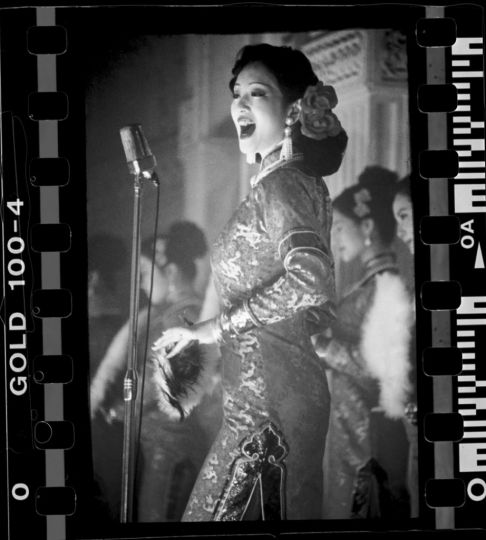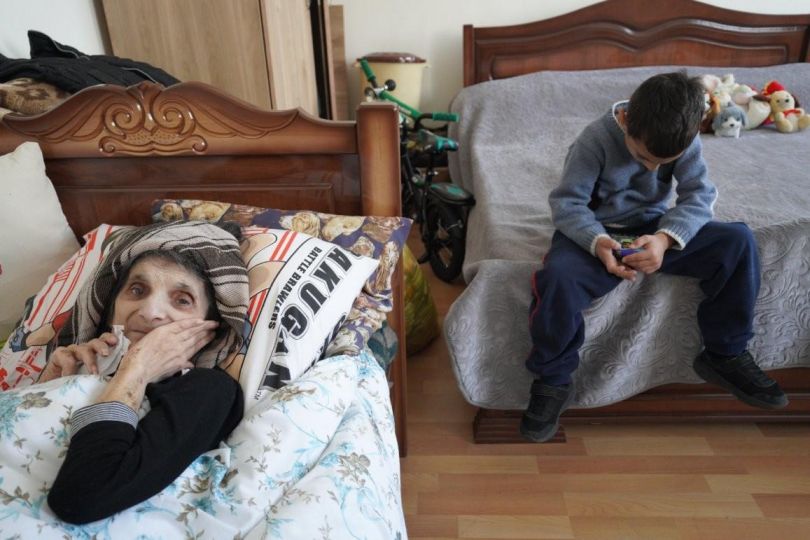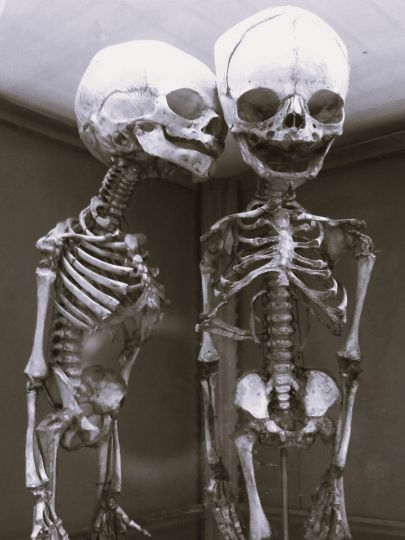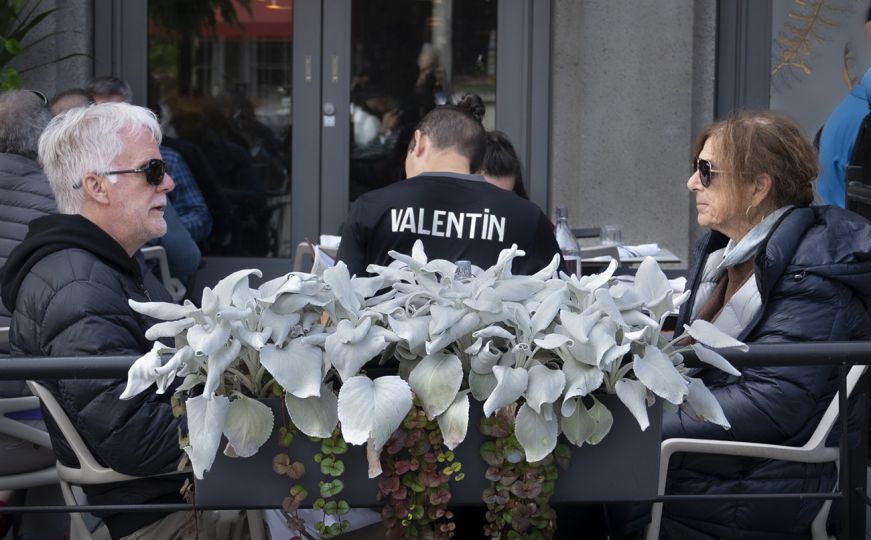Xiao Quan’s body of 54 selected new works struck us for its never-seen-before freshness and energy, while the field of portrait masters appears to be crowded enough with the likes of Annie Leibovitz, Richard Avedon, David Bailey, etc. All together Xiao Quan’s portraits of ordinary people constitute a consistency that calls immediately to mind August Sander (1876-1964). It is a coincidence that the title for this exhibition “Faces of Our Time” happens to resonate with Sander’s “Antliz der Zeit”. The master produced in 60 years a monumental face book of the German society he called Men of the 20th Century. As the true father of contemporary portrait photography, Sander was the first to carefully categorize his tens of thousands of portraits into social-professional groups, with a particular focus on the farmers. And we can find the same rapport between faces and identities through Xiao Quan’s own attempt in capturing the diversity and vibrancy of Chinese contemporary society.
Although it was not meant to be representative, these new works of Xiao Quan stand out as a clear contrast with his seminal album “Our Generation” which consists mainly of portraits of Chinese artists, poets and writers, film directors and musicians of the 1980’s and 1990’s who have won fame and success today. The new works started in 2012 when Xiao Quan was invited to take part in a non-profit campaign for the United Nations entitled “2032: The Future We Want”. Two hundred and thirty two ordinary citizens were invited to answer the same question in front of the cameras of film director Du Jiayi and photographer Xiao Quan: “what do you want the world to be like in twenty years?” The everyday Chinese people that Xiao Quan has photographed, from students to ethnic minorities, from farmers turned migrant workers, to disabled and athletes, etc. are the result of a double challenge, in terms of recruitment first, then in terms of successfully transforming them from ordinary people into meaningful portraits achieved in a limited amount of time.
Armed with this “United Nations” experience Xiao Quan felt more relaxed when confronted with another occasion to photograph ordinary people, for a real estate project in Kunming (Yunnan). This time he really parted ways with August Sander’s objective approach and strict neutral pose. Reaching beyond faces and identities, his new portraits read like poems and exalts with grace, the pose and the attitude of the sitters speak of their feelings, of the moods inside, what Henri Cartier-Bresson would describe as the “Inner Silence” (especially in his remarkable portrait of Ezra Pound), Xiao Quan’s portraits share this rare ability to express an “Inner Music”. By observing his subjects he tries to avoid being directive, and simply provides the appropriate atmosphere to let the emotion come out. Using a parallel with HCB, he explains to me that instead of the “Decisive Moment” he tries to seize the “Decisive Mood”. What matters is the feelings, what Gilles Deleuze characterizes as “Sensation” when describing the figures in Francis Bacon’s paintings.
If we look at this portrait of the dwarf retailer Guo, the whole pose is reminiscent of an aristocratic or royal sensation in Velasquez’ paintings, if we look at this portrait of a bookstore owner, on whose head Xiao Quan has placed an open book, creating a complex mood with multi-layered interpretation, the book was not any ordinary book, it was Gabriel Garcia Marquez’ “Hundred Years of Solitude”, and on the book cover itself the picture was precisely a portrait of Marquez posing with his own book laid open on his head. This is the best characterization of Xiao Quan’s talent as a portrait photographer, his classic sense of poetry, the Music inside his portraits that is at the same time the Inner Silence he has been searching for.
“The most difficult thing for me, that’s a portrait. It’s very difficult. It’s a question mark you put on somebody trying to say, who is it, what does it amount to, what’s the significance of that face? And the difference between a portrait and a snap shot is that a portrait is a person agreed to be photographed. It’s not at all like somebody you see, you catch in the street, up like this.”
“The Decisive Moment” – Photographs and Words by Henri Cartier-Bresson (1973)
Jean Loh
Xiao Quan, Faces of Our Time

















